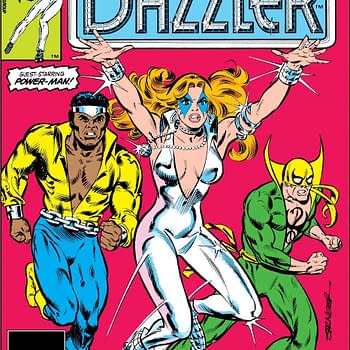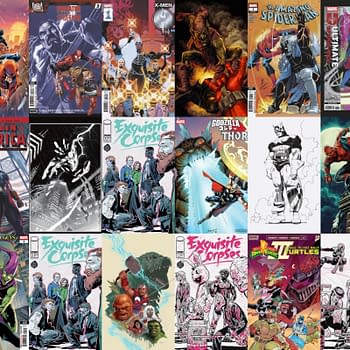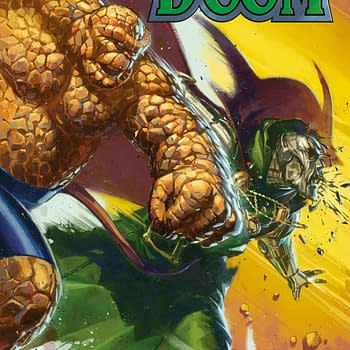Posted in: Recent Updates | Tagged: dennis o'neil, denny o'neil, denny o'neill, how to write comics and graphic novels, How to write comics and graphic novels by Dennis O'Neil
How To Write Comics And Graphic Novels by Dennis O'Neil #10 – End Times

Ten weeks already? Times does fly.
Rather than do a lame replay of what I lectured about to my New York University colleagues last week, or what I plan to talk about Wednesday night at my last meeting with them (mostly practical stuff about work habits and paying taxes and…yawn…like that) the best procedure might be a quick-and-dirty summary of what I've been boring you with for these past months.
Okay?
Begin with: comics are, in Steven King's formulation, a story delivery system. Do what has to be done to deliver the story; anything else is either superfluous or downright distracting, if not unforgivable.
Okay, and what is it, exactly, that we're delivering? All hands brace for definition: A story is a structured narrative designed to achieve an emotional effect, demonstrate a proposition or reveal character.
Now add: It must have conflict and there must be something at stake. Action should rise and culminate in most powerful moment.
Everything should be presented with maximum clarity. Every element of the strip–writing, art, coloring, lettering–should be aimed at achieving all of the above.
I'd like to emphasize that last point. In a well-told comics narrative, nothing is irrelevant: lettering; coloring; size, shape and number-per-page of panels; plot, pacing, characterization, milieu; hell, even the cover–nothing. And if nothing is irrelevant, nothing is arbitrary. You should always know why you're doing something. If you do, you might be wrong, but you won't be dumb.
Poe says somewhere that every word in a story should contribute to the final effect the writer is trying for; in comics, we can expand Poe's assertion and say that everything, everything on the page, everything that the reader sees, should augment the telling of the tale.
As for how all this gets done…Sorry. No rules. It is not a one-size-fits-all universe. Vladimir Nabokov wrote his novels on 3×5 cards. Raymond Chandler cut yellow legal pads in half and wrote his stuff on the halves, in black ink. Ernest Hemingway wrote dialogue sitting at a typewriter and exposition in longhand standing at a lectern. We grope around until we find something that works for us and we use it until it doesn't and then we grope some more.
My favorite mantra: There is seldom any one absolutely, inarguable, unimpeachably right way to do anything.
There's just the way, whatever it might be, that's okay for here and now.
A final observation: Practice makes…well, not perfect, but maybe pretty good. As the splendid Malcolm Gladwell documents in his book Outliers, almost everyone who acquires extraordinary skill at something, whether playing blues guitar or kicking soccer goals, and maybe even writing comics, goes through a period of doing it a lot. A whole lot. A teacher can offer suggestions, point in certain directions, tell you what has often worked for others, critique, cheerlead, but, barring possibilities I'm ignorant of, a teacher can't teach you to write. But you can.
And maybe you will.
Dennis O'Neil teaches a ten week course on Writing Comics And Graphic Novels at the New York University. Classes are every Wednesday evening from 6.45pm to 9pm. For further information, please call NYU's School of Professional and Continuing Studies at Studies at 212 9987200.











